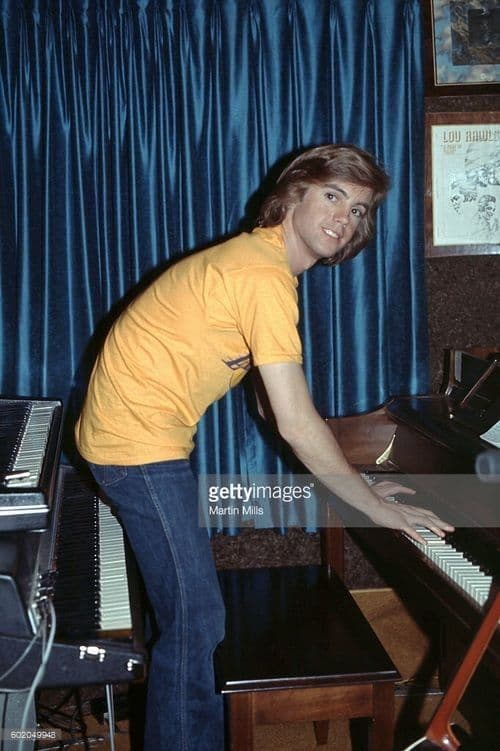
The Soundtrack of Self-Discovery: The Bold Cry of a Teen Idol Seeking Exit
A declaration of independence, sung by a former heartthrob who desperately needed to shed his glossy image and find an authentic voice.
For those of us who remember the screaming magazine covers and the platinum-selling bubblegum hits of the late 1970s, the name Shaun Cassidy evokes a very specific kind of teen-pop euphoria. His ascent was dizzying, his face plastered everywhere, yet the shadow of his famous older brother and the manufactured nature of his early success loomed large. By 1979, the glitter of teen idol-dom was beginning to dull, and the music scene itself was evolving rapidly, embracing the raw edges of punk and the synthesized pulse of New Wave.
It is in this pivotal, make-or-break moment that we find the song “Time For A Change.” Unlike the cover songs that made his name—the infectious throwbacks like “That’s Rock ‘n’ Roll” and “Da Doo Ron Ron”—this track is a moment of pure, necessary autobiography. “Time For A Change” was featured on Shaun Cassidy’s fourth studio album, Room Service, which was released in July 1979.
The crucial information here is that “Time For A Change” was not a charting single and, more tellingly, the album it belonged to, Room Service, was the first of Shaun Cassidy’s studio albums to completely fail to chart on the major US Billboard 200. This commercial quietus is the dramatic backdrop for the song’s very existence. The pop machine that created him was stalling, and the former idol was grasping for the steering wheel.
What gives the song its emotional weight, particularly for older readers who appreciate the struggle for genuine artistic freedom, is that Shaun Cassidy is credited as a co-producer and the sole composer/lyricist. This wasn’t a song handed to him by a management team; it was a personal manifesto.
The meaning is right there in the title and the lyrics, a blunt, heartfelt acknowledgment that the innocent, pre-packaged past must be abandoned. The song is a declaration of independence from his teen image, a public plea to be taken seriously as a grown-up artist. He sings, quite literally, that it is “Time For A Change.” This track serves as the artistic prelude to his next album, the radical 1980 New Wave experiment, Wasp, which featured the cover of The Who’s “So Sad About Us” we discussed earlier.
Listening to “Time For A Change” today is like reading a journal entry from a celebrity caught between two worlds. The musical arrangement still bears some of the polished, melodic structure of his earlier work, but there is a clear yearning beneath the pop veneer. It is the sound of an artist stepping away from the gilded cage of fame and towards the uncertain, but necessary, path of self-discovery.
For those who followed his career, the song is a bittersweet echo of that fragile moment when the Shaun Cassidy we knew was willingly sacrificing his massive commercial appeal for artistic integrity. It is a nostalgic reminder that the biggest changes in life—the true ones—rarely come with fireworks; often, they come with a quiet, firm decision that it’s simply time to move on. This track is the sound of that door closing, even if the world outside hadn’t quite noticed yet.